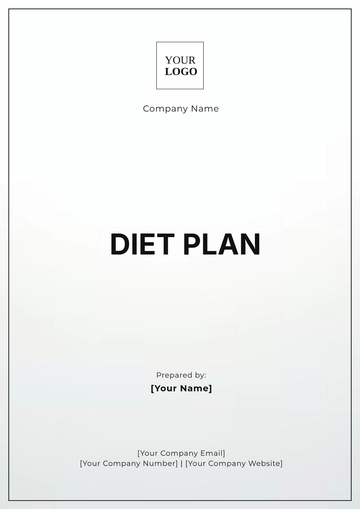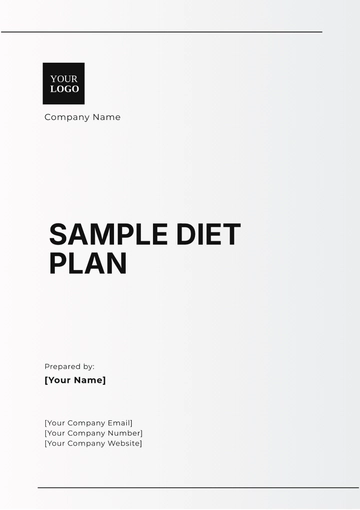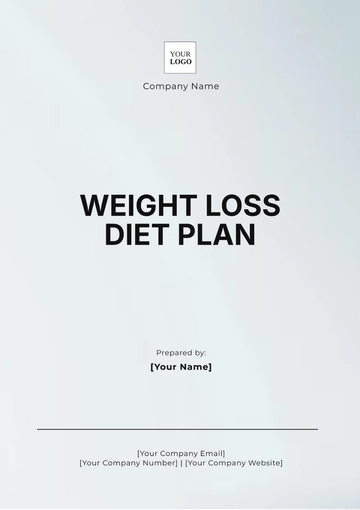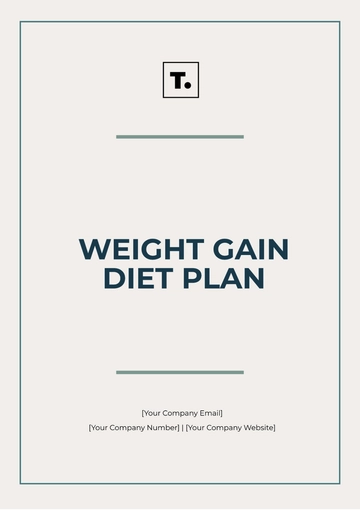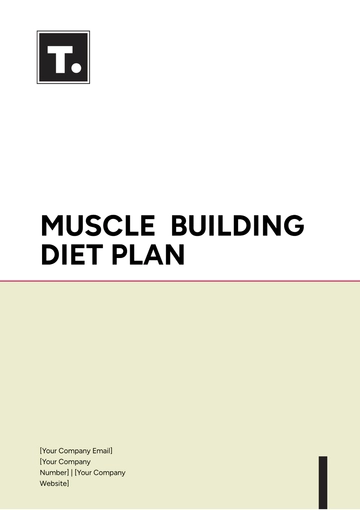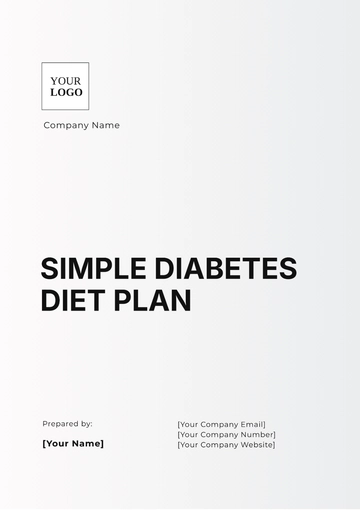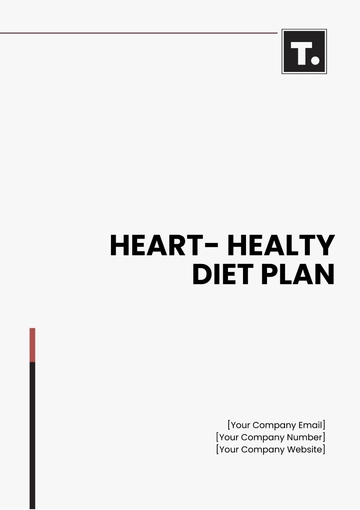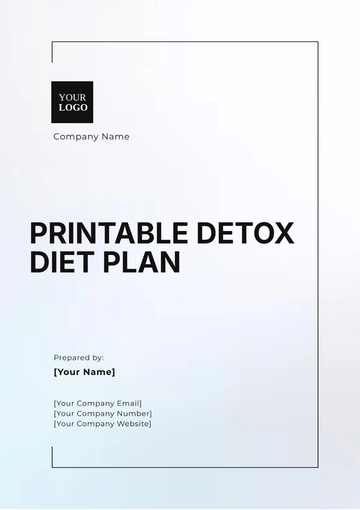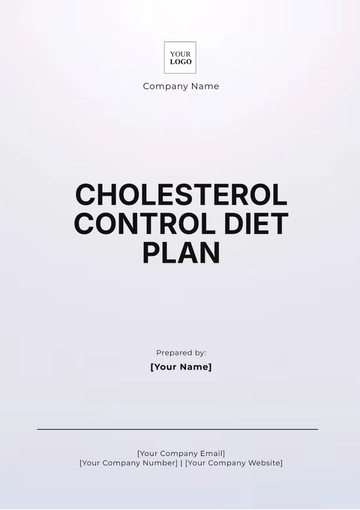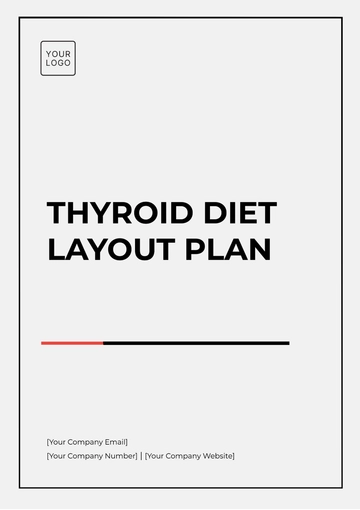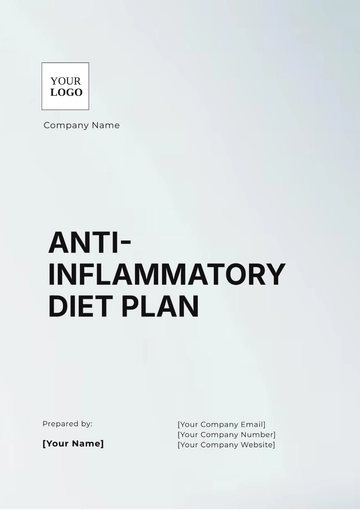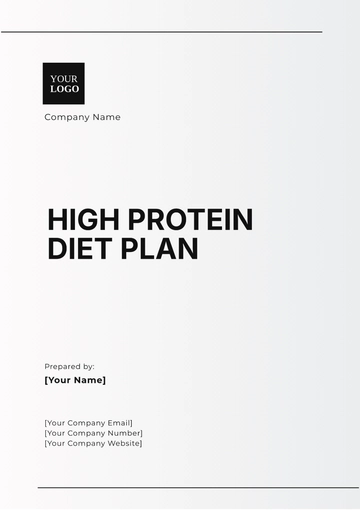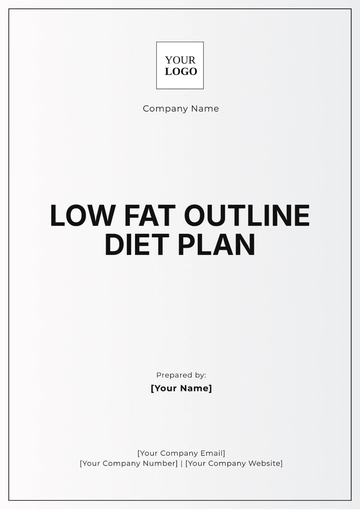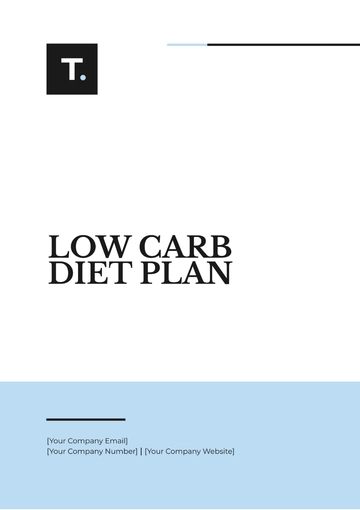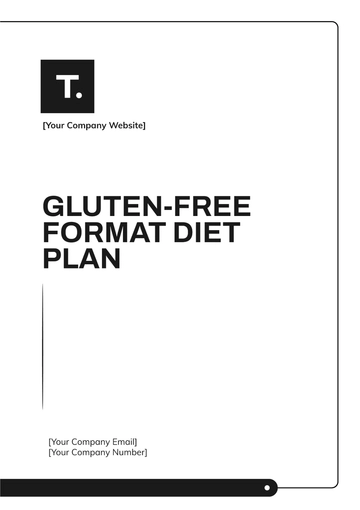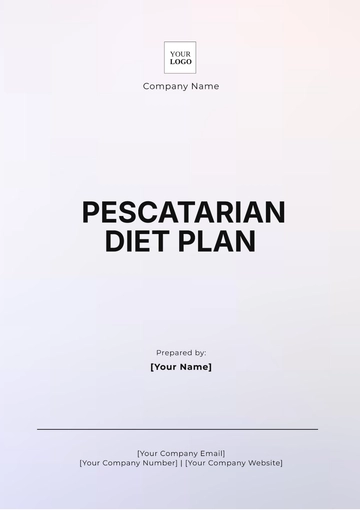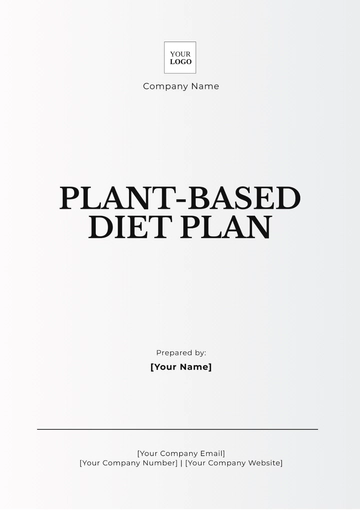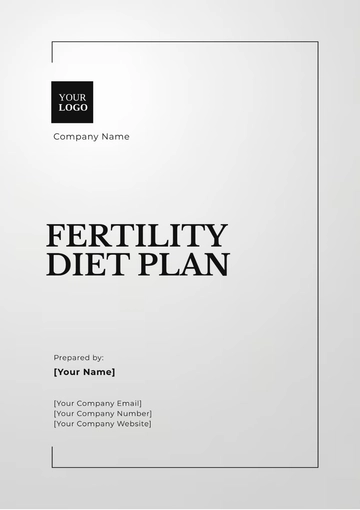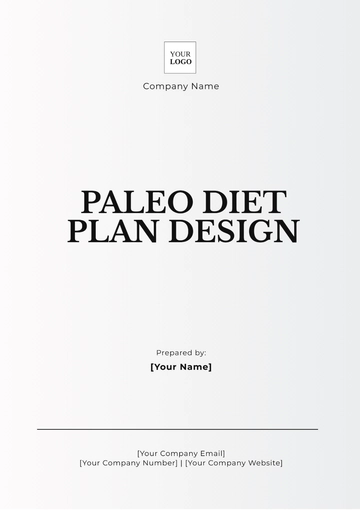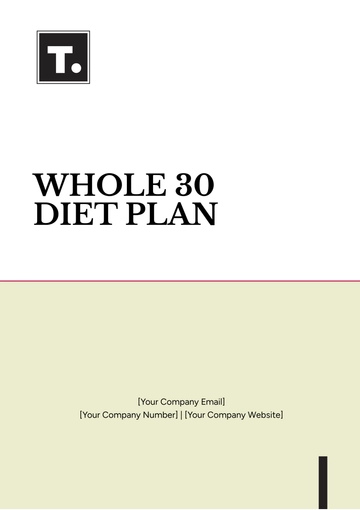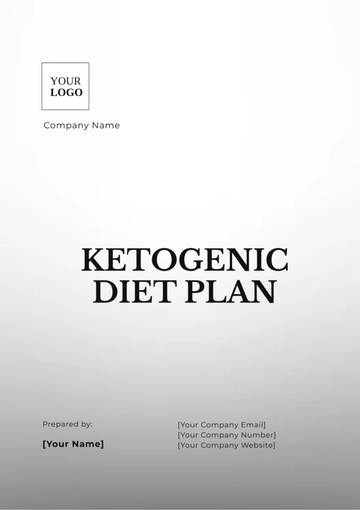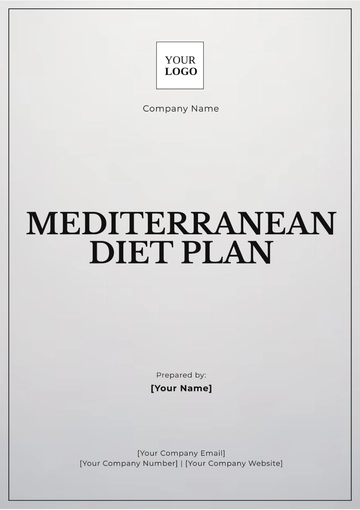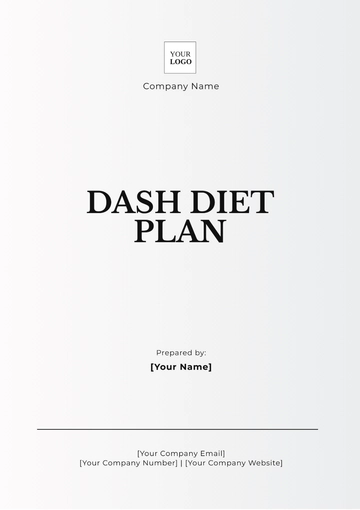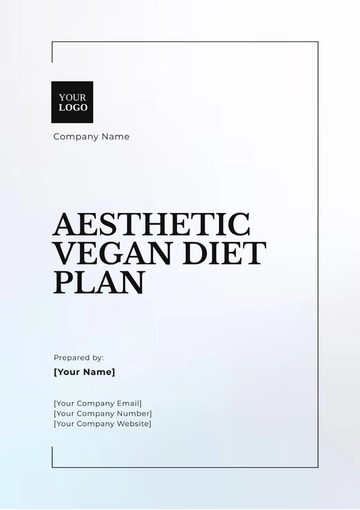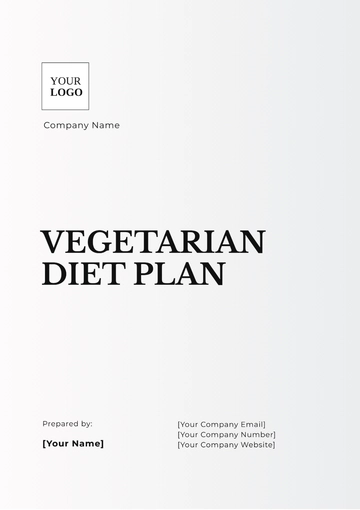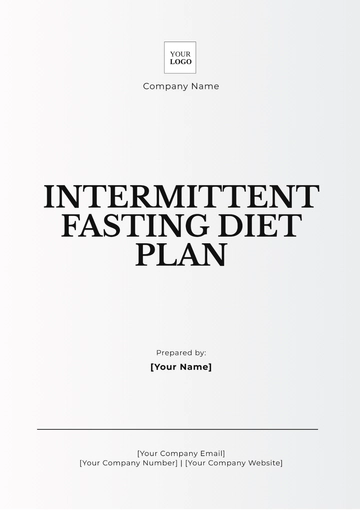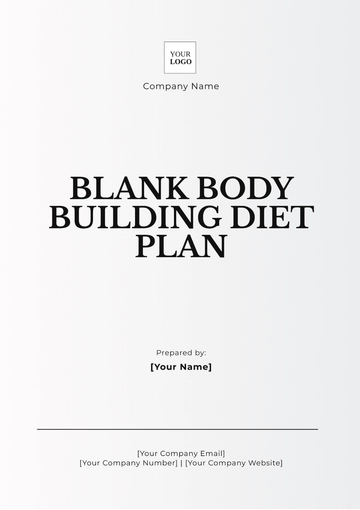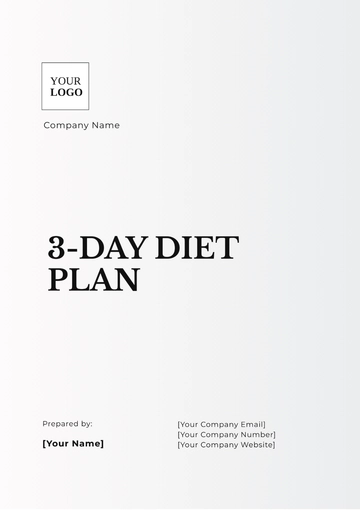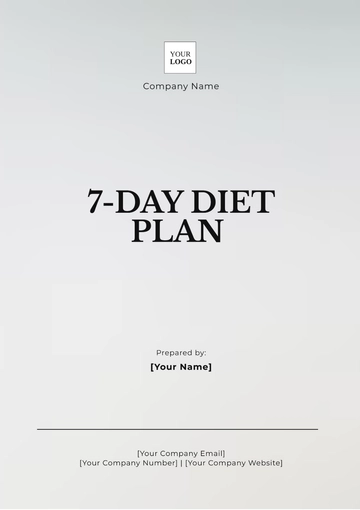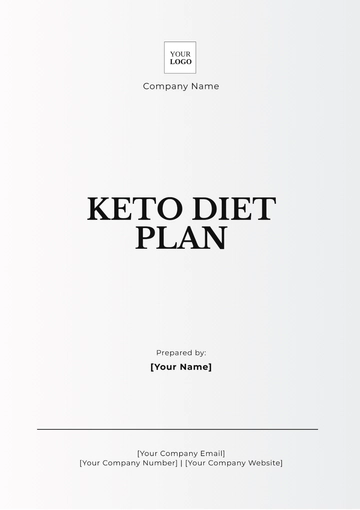Free DASH Diet Plan
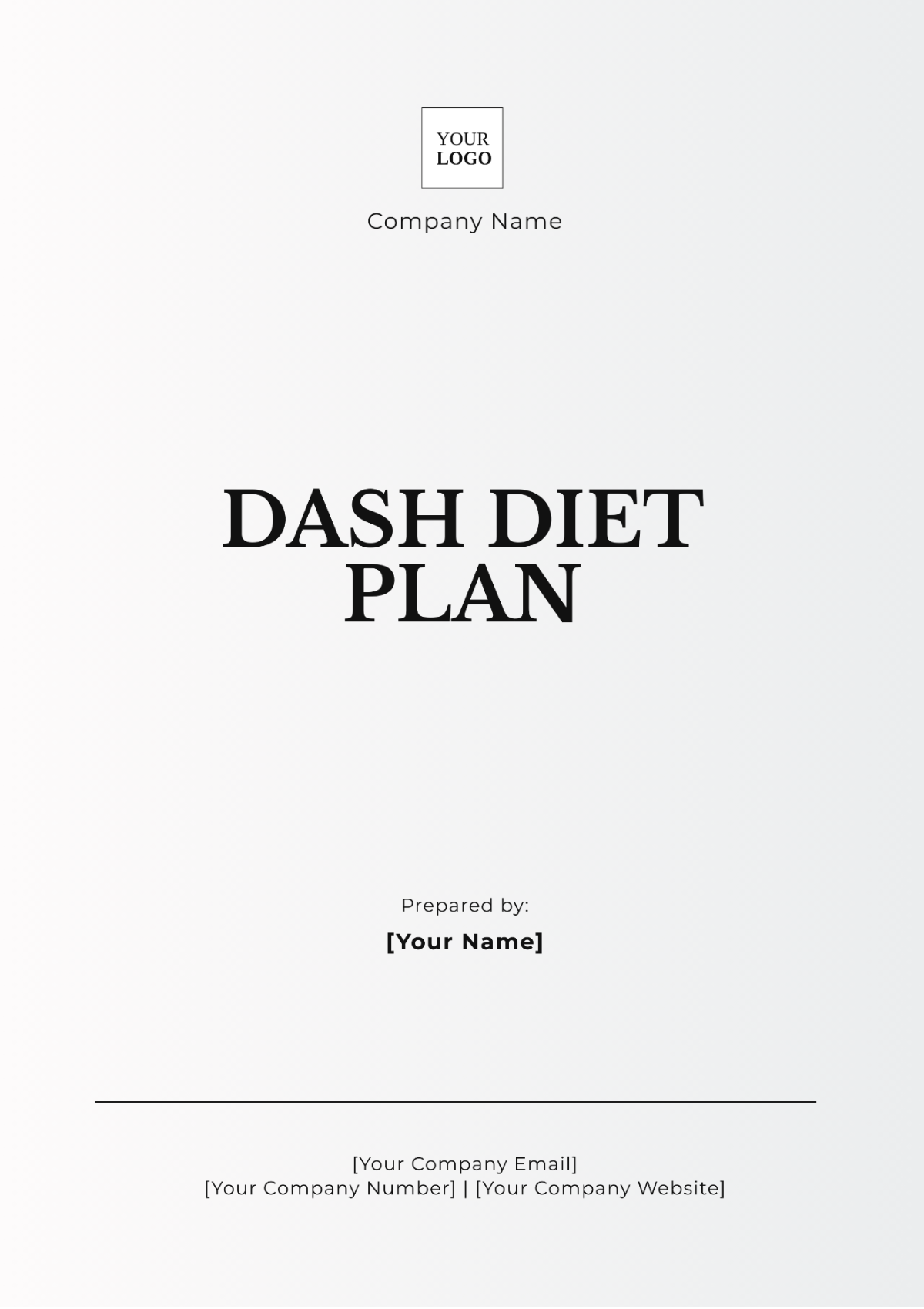
I. Introduction
The Dietary Approaches to Stop Hypertension (DASH) diet is a scientifically supported dietary framework aimed at treating or preventing high blood pressure (hypertension). The National Institutes of Health (NIH) developed the DASH diet, which emphasizes eating nutrient-rich foods and significantly cutting down on sodium intake. This approach not only helps in lowering blood pressure but also fosters overall well-being.
Benefits of the DASH Diet:
Reduces Blood Pressure: The DASH diet is clinically proven to lower both systolic and diastolic blood pressure levels, making it an effective intervention for hypertension.
Supports Weight Loss: By focusing on whole, nutrient-dense foods, the DASH diet naturally promotes weight management and reduces body fat.
Improves Heart Health: The diet's emphasis on healthy fats, lean proteins, and high-fiber foods contributes to reduced cholesterol levels and better cardiovascular health.
II. Key Components of the DASH Diet
Grains
Whole grains are foundational in the DASH diet, providing essential nutrients and fiber that aid digestion and promote satiety.Type
Serving Size
Examples
Whole Grains
6-8 servings per day
Whole wheat bread, brown rice, quinoa, oats
Vegetables
Rich in vitamins, minerals, and antioxidants, vegetables are crucial for maintaining optimal health and preventing chronic diseases.Type
Serving Size
Examples
Vegetables
4-5 servings per day
Broccoli, carrots, green beans, spinach, bell peppers
Fruits
Fruits are packed with vitamins, fiber, and natural sugars, providing energy and contributing to overall health.Type
Serving Size
Examples
Fruits
4-5 servings per day
Apples, oranges, bananas, berries, grapes
Dairy
Low-fat or fat-free dairy products provide calcium and vitamin D, essential for bone health and heart function.Type
Serving Size
Examples
Low-fat Dairy
2-3 servings per day
Skim or 1% milk, yogurt, low-fat cheese
Lean Meat, Poultry, and Fish
These protein sources are essential for muscle maintenance and repair but should be consumed in moderation to limit saturated fat intake.Type
Serving Size
Examples
Meat, Poultry, Fish
6 servings or fewer per day
Chicken, turkey, fish, lean cuts of beef or pork
Nuts, Seeds, and Legumes
Rich in healthy fats, fiber, and protein, these foods are excellent for heart health and provide sustained energy.Type
Serving Size
Examples
Nuts, Seeds, Legumes
4-5 servings per week
Almonds, walnuts, lentils, chickpeas, sunflower seeds
Fats and Oils
Healthy fats are necessary for hormone production and nutrient absorption. However, moderation is key to avoiding excess calorie intake.Type
Serving Size
Examples
Fats and Oils
2-3 servings per day
Olive oil, avocado, fatty fish (salmon, mackerel)
III. Tips for Following the DASH Diet
Opt for Whole Foods: Prioritize whole, unprocessed foods over packaged snacks and sugary treats to maximize nutrient intake and minimize sodium.
Flavor with Herbs and Spices: Use a variety of herbs, spices, and citrus juices to enhance the flavor of your meals without adding salt.
Plan Meals Ahead: Preparing meals and snacks in advance can help ensure you have a balanced variety of nutrients throughout the week, making it easier to stick to the DASH diet.
IV. Sample DASH Diet Meal Plan
Day 1:
Breakfast: A warm bowl of oatmeal topped with fresh berries and a sprinkle of nuts, accompanied by a glass of low-fat milk.
Lunch: Grilled chicken salad featuring a mix of leafy greens, cherry tomatoes, cucumbers, and a light olive oil dressing, served with a piece of seasonal fruit.
Dinner: Baked salmon seasoned with herbs, served with quinoa and steamed broccoli, drizzled with a lemon vinaigrette.
Snacks: A small handful of almonds and carrot sticks paired with hummus for a nutritious afternoon snack.
- 100% Customizable, free editor
- Access 1 Million+ Templates, photo’s & graphics
- Download or share as a template
- Click and replace photos, graphics, text, backgrounds
- Resize, crop, AI write & more
- Access advanced editor
Transform your health with the DASH Diet Plan Template, designed to help you reduce hypertension and promote heart health. This customizable, downloadable template makes meal planning easy and efficient. With a user-friendly layout, it’s fully printable for your convenience. Plus, it’s editable in our AI Editor Tool, ensuring you can tailor it to your specific dietary needs.
